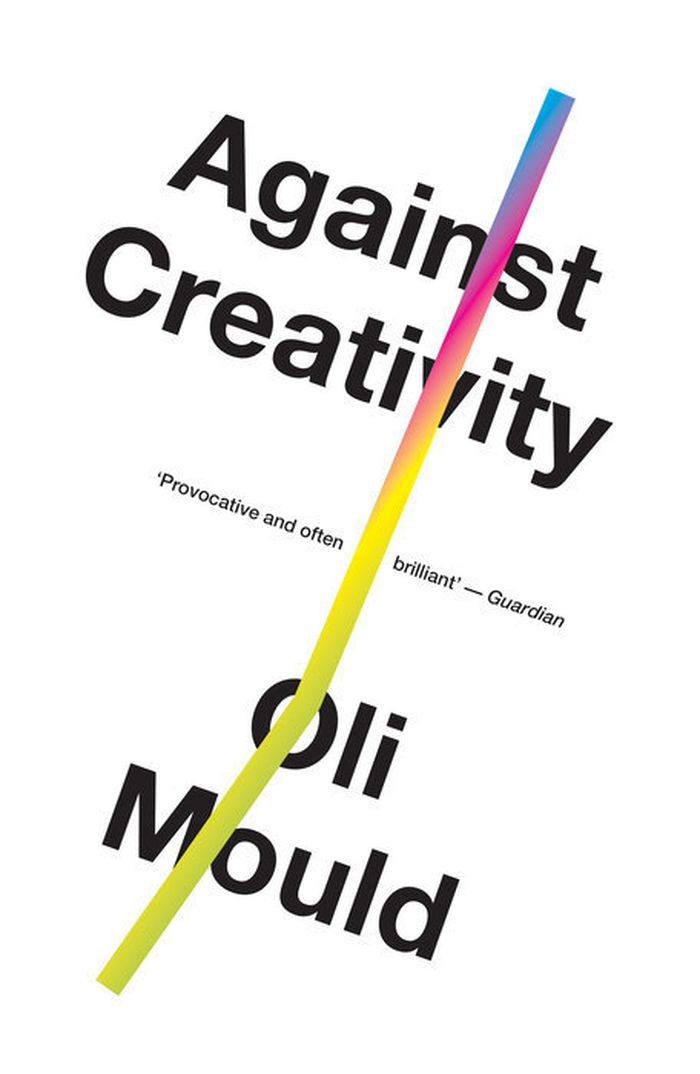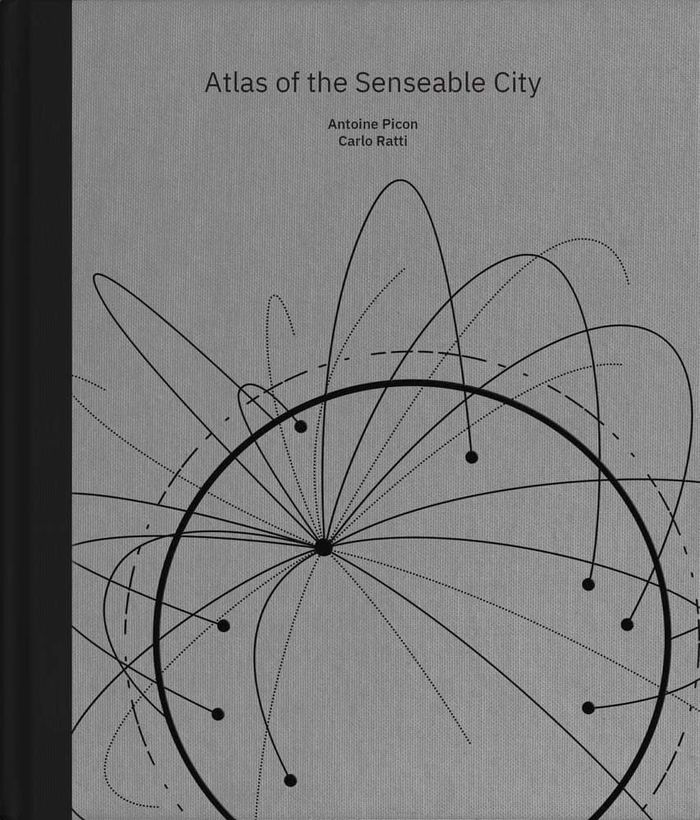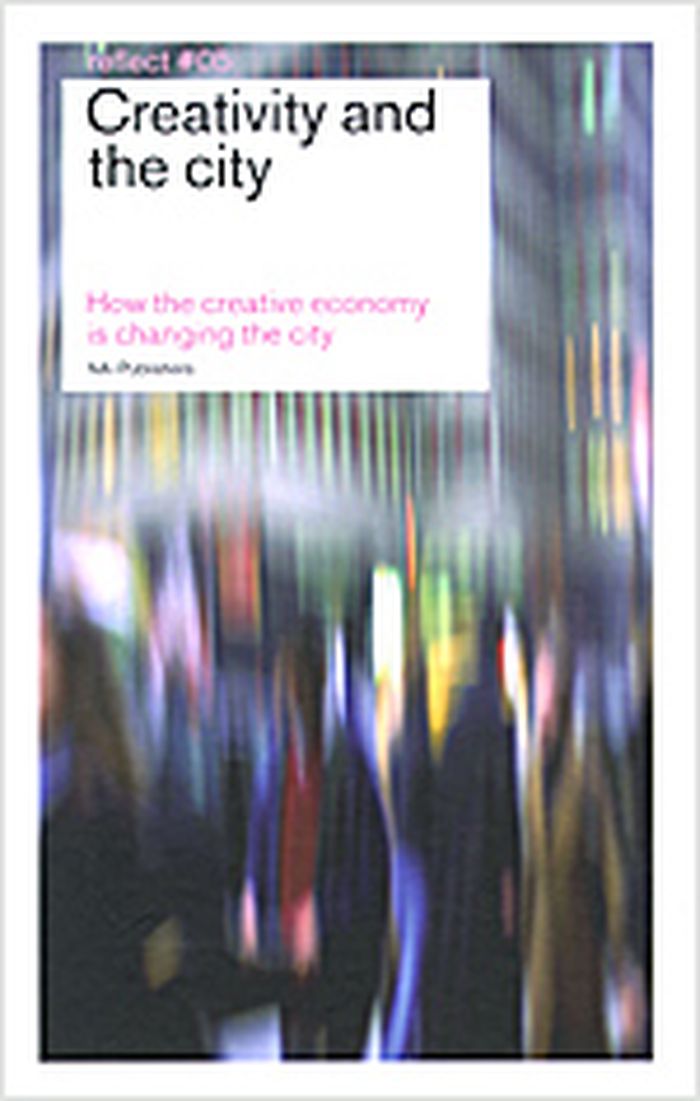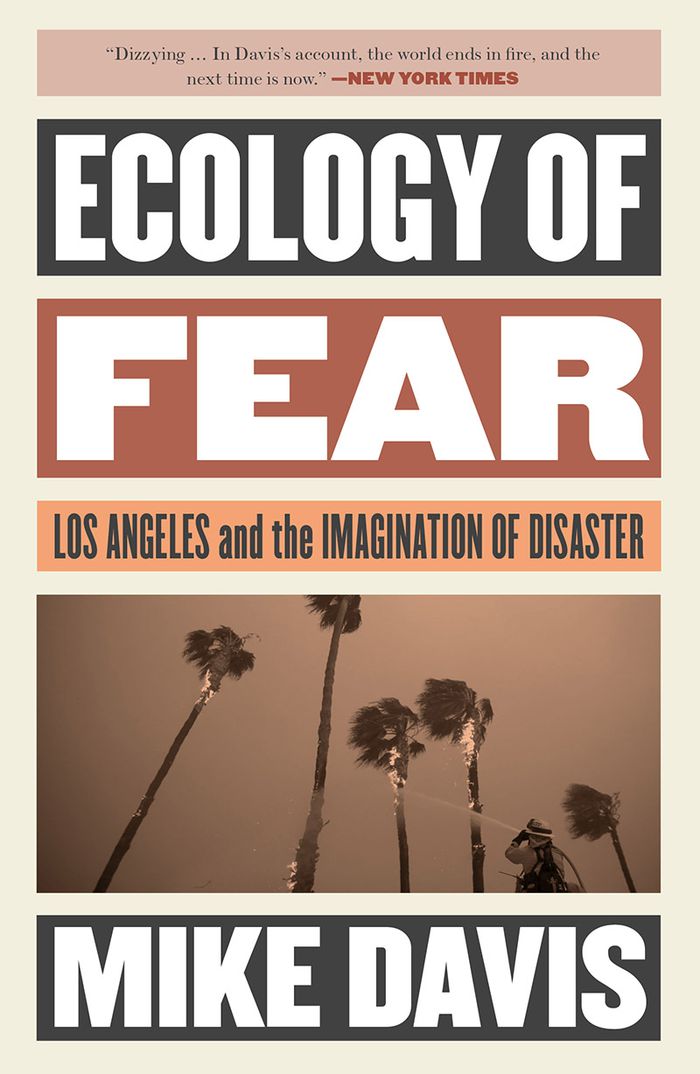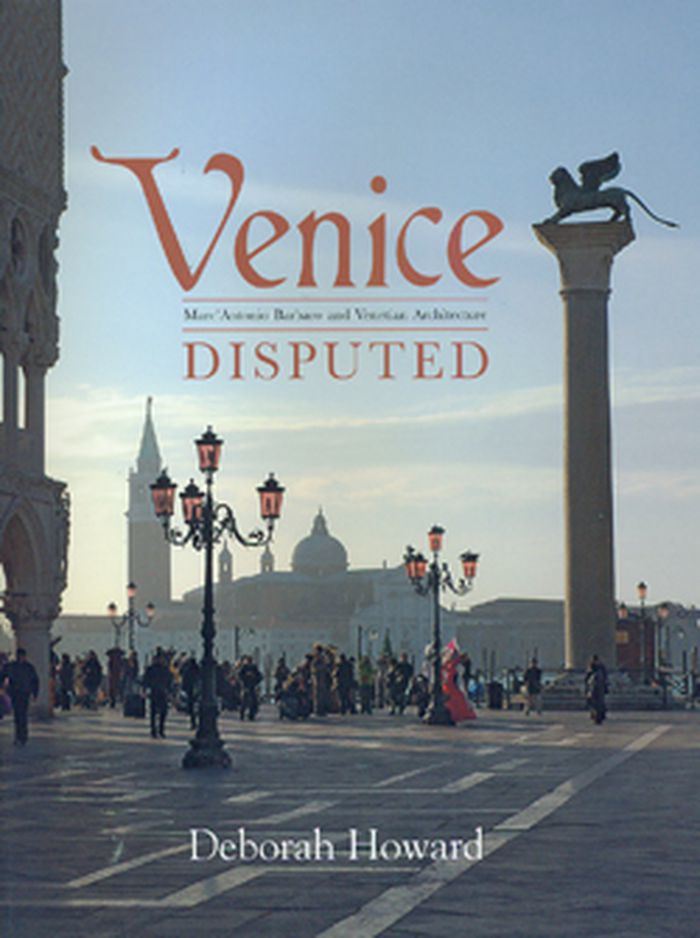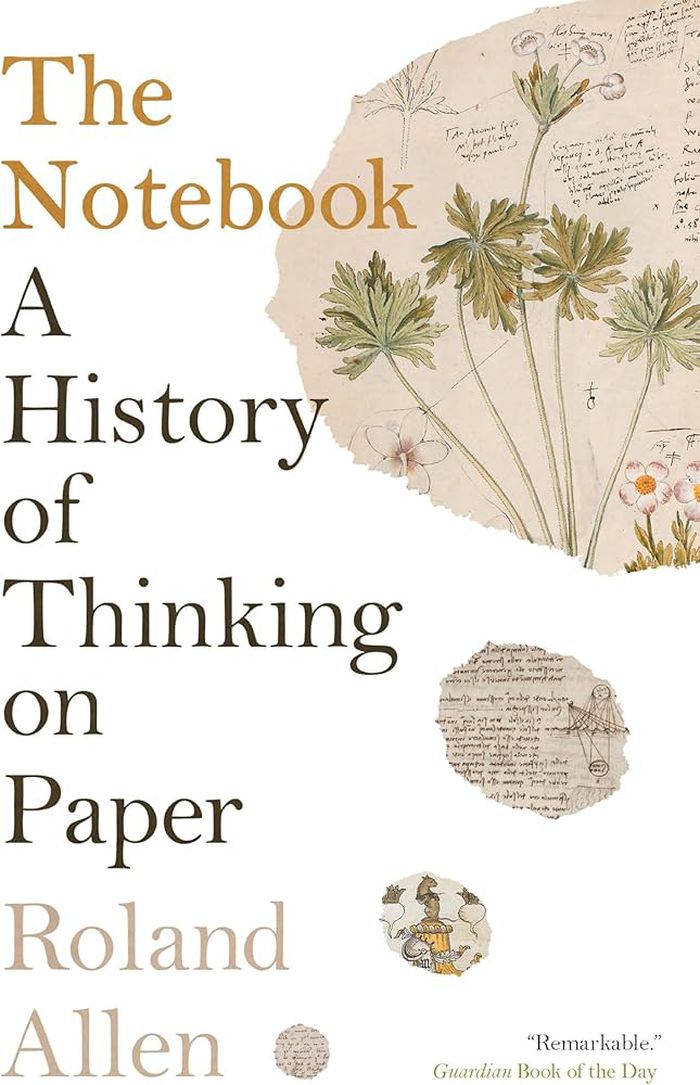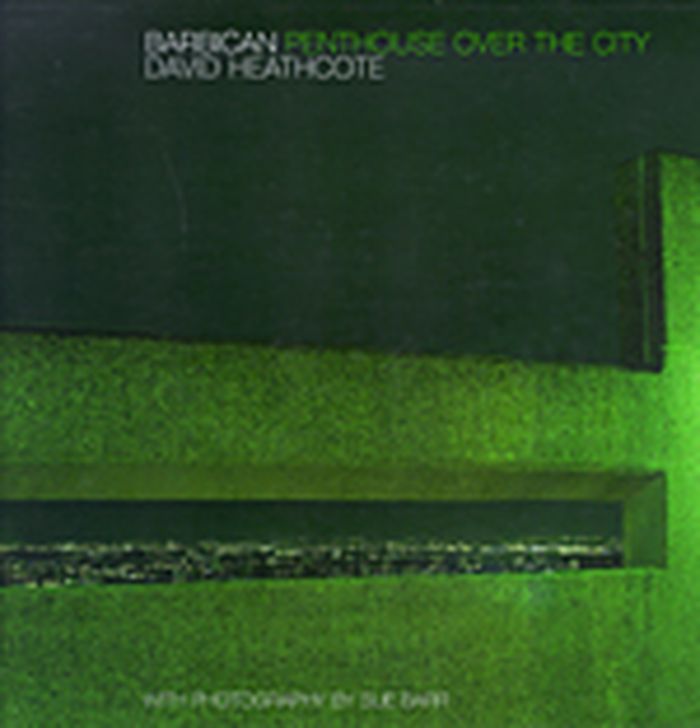$35.95
(disponible sur commande)
Résumé:
Postmodernism stood for everything modernism rejected: fun, exuberance, irresponsibility. But beneath its glitzy surface, postmodernism had a dirty secret: it was the fig leaf for a rapacious new kind of capitalism. It was the forcing ground of ''post truth,'' by means of which western values were turned upside down. But where do these ideas come from and how have they(...)
Everything all the time, everywhere: How we became Postmodern
Actions:
Prix:
$35.95
(disponible sur commande)
Résumé:
Postmodernism stood for everything modernism rejected: fun, exuberance, irresponsibility. But beneath its glitzy surface, postmodernism had a dirty secret: it was the fig leaf for a rapacious new kind of capitalism. It was the forcing ground of ''post truth,'' by means of which western values were turned upside down. But where do these ideas come from and how have they impacted on the world? In this brilliant history of a dangerous idea, Stuart Jeffries tells a narrative that starts in the early 1970s and still dominates our lives today. He tells this history through a riotous gallery that includes, among others: David Bowie, the iPod, Madonna, Jeff Koons’s the Nixon Shock, Judith Butler, Las Vegas, Margaret Thatcher, Grand Master Flash, I Love Dick, the RAND Corporation, the Sex Pistols, Princess Diana, Grand Theft Auto, Jean Baudrillard, Netflix, and 9/11. We are today scarcely capable of conceiving politics as a communal activity because we have become habituated to being consumers rather than citizens. Politicians treat us as consumers to whom they must deliver. Can we do anything other than suffer from buyer’s remorse?
Social
Against creativity
$22.95
(disponible en magasin)
Résumé:
Everything you have been told about creativity is wrong. From line managers, corporate CEOs, urban designers, teachers, politicians, mayors, advertisers and even our friends and family, the message is ‘be creative’. Creativity is heralded as the driving force of our contemporary society; celebrated as agile, progressive and liberating. It is the spring of the knowledge(...)
Against creativity
Actions:
Prix:
$22.95
(disponible en magasin)
Résumé:
Everything you have been told about creativity is wrong. From line managers, corporate CEOs, urban designers, teachers, politicians, mayors, advertisers and even our friends and family, the message is ‘be creative’. Creativity is heralded as the driving force of our contemporary society; celebrated as agile, progressive and liberating. It is the spring of the knowledge economy and shapes the cities we inhabit. It even defines our politics. What could possibly be wrong with this? In this brilliant, counter intuitive blast Oli Mould demands that we rethink the story we are being sold. Behind the novelty, he shows that creativity is a barely hidden form of neoliberal appropriation. It is a regime that prioritizes individual success over collective flourishing. It refuses to recognise anything – job, place, person – that is not profitable. And it impacts on everything around us: the places where we work, the way we are managed, how we spend our leisure time. Is there an alternative? Mould offers a radical redefinition of creativity, one embedded in the idea of collective flourishing, outside the tyranny of profit.
Théorie/ philosophie
Atlas of the senseable city
$48.00
(disponible en magasin)
Résumé:
What have smart technologies taught us about cities? What lessons can we learn from today’s urbanites to make better places to live? Antoine Picon and Carlo Ratti argue that the answers are in the maps we make. For centuries, we have relied on maps to navigate the enormity of the city. Now, as the physical world combines with the digital world, we need a new generation of(...)
Atlas of the senseable city
Actions:
Prix:
$48.00
(disponible en magasin)
Résumé:
What have smart technologies taught us about cities? What lessons can we learn from today’s urbanites to make better places to live? Antoine Picon and Carlo Ratti argue that the answers are in the maps we make. For centuries, we have relied on maps to navigate the enormity of the city. Now, as the physical world combines with the digital world, we need a new generation of maps to navigate the city of tomorrow. Pervasive sensors allow anyone to visualize cities in entirely new ways—ebbs and flows of pollution, traffic, and internet connectivity. This book explores how the growth of digital mapping, spurred by sensing technologies, is affecting cities and daily lives. It examines how new cartographic possibilities aid urban planners, technicians, politicians, and administrators; how digitally mapped cities could reveal ways to make cities smarter and more efficient; how monitoring urbanites has political and social repercussions; and how the proliferation of open-source maps and collaborative platforms can aid activists and vulnerable populations. With its beautiful, accessible presentation of cutting-edge research, this book makes it easy for readers to understand the stakes of the new information age—and appreciate the timeless power of the city.
Théorie de l’urbanisme
$45.00
(disponible sur commande)
Résumé:
A successful urban environment is one that cultivates, fosters and attracts talent, one that generates research and is able to establish a bond with academics, and one which is open to outsiders: a tolerant society. This development presents myriad new opportunities for cities: redevelopment of former industrial zones, new business activity in the old city centres and(...)
Théorie de l’urbanisme
janvier 2005, Rotterdam
Creativity and the city : how the creative economy is changing the city
Actions:
Prix:
$45.00
(disponible sur commande)
Résumé:
A successful urban environment is one that cultivates, fosters and attracts talent, one that generates research and is able to establish a bond with academics, and one which is open to outsiders: a tolerant society. This development presents myriad new opportunities for cities: redevelopment of former industrial zones, new business activity in the old city centres and new jobs. The book describes all these opportunities and the consequences for the spatial development of the city; at the same time it also warns about the dangers of this creating a new élite of people who isolate themselves from those who miss the boat. The new developments are considered in a series of 15 articles, describing the political, social and societal consequence and analysing the resulting spatial developments. Lastly, the book contains many tips for practical urban policy. Creativity and the City is a book for a broad group of politicians, policy-makers, urban planners, economists and sociologists. It includes contributions from Richard Florida, Charles Landry, the independent Dutch thinktank Nederland Kennisland (Knowledgeland), Jeroen Saris, Arnold Reijndorp, Robert Kloosterman, Nachtwacht Amsterdam (Amsterdam's 'Night-time Mayor'), John Tackera and others.
Théorie de l’urbanisme
$33.95
(disponible sur commande)
Résumé:
Earthquakes. Wildfires. Floods. Drought. Tornadoes. Snakes in the sea, mountain lions, and a plague of bees. In this controversial tour de force of scholarship, unsparing vision, and inspired writing, Mike Davis, the author of ''City of quartz'', revisits Los Angeles as a Book of the Apocalypse theme park. By brilliantly juxtaposing L.A.’s fragile natural ecology with its(...)
Ecology of fear: Los Angeles and the imagination of disaster
Actions:
Prix:
$33.95
(disponible sur commande)
Résumé:
Earthquakes. Wildfires. Floods. Drought. Tornadoes. Snakes in the sea, mountain lions, and a plague of bees. In this controversial tour de force of scholarship, unsparing vision, and inspired writing, Mike Davis, the author of ''City of quartz'', revisits Los Angeles as a Book of the Apocalypse theme park. By brilliantly juxtaposing L.A.’s fragile natural ecology with its disastrous environmental and social history, he compellingly shows a city deliberately put in harm’s way by land developers, builders, and politicians, even as the incalculable toll of inevitable future catastrophe continues to accumulate. Counterpointing L.A.’s central role in America’s fantasy life–the city has been destroyed no less than 138 times in novels and films since 1909–with its wanton denial of its own real history, Davis creates a revelatory kaleidoscope of American fact, imagery, and sensibility. Drawing upon a vast array of sources, ''Ecology of fear'' meticulously captures the nation’s violent malaise and desperate social unease at the millennial end of ''the American century.'' With savagely entertaining wit and compassionate rage, this book conducts a devastating reconnaissance of our all-too-likely urban future.
Théorie de l’urbanisme
livres
$178.50
(disponible sur commande)
Résumé:
Tower and Slab looks at the contradictory history of the modernist mass housing block - home to millions of city dwellers around the world. Few urban forms have roused as much controversy. While in the United States decades-long criticism caused the demolition of most mass housing projects for the poor, in the booming metropolises of Shanghai and Mumbai remarkably similar(...)
Tower and slab : histories of global mass housing
Actions:
Prix:
$178.50
(disponible sur commande)
Résumé:
Tower and Slab looks at the contradictory history of the modernist mass housing block - home to millions of city dwellers around the world. Few urban forms have roused as much controversy. While in the United States decades-long criticism caused the demolition of most mass housing projects for the poor, in the booming metropolises of Shanghai and Mumbai remarkably similar developments are being built for the wealthy middle class. While on the surface the modernist apartment block appears universal, it is in fact diverse in its significance and connotations as its many different cultural contexts. Florian Urban studies the history of mass housing in seven narratives: Chicago, Paris, Berlin, Brasilia, Mumbai, Moscow, and Shanghai. Investigating the complex interactions between city planning and social history, Tower and Slab shows how the modernist vision to house the masses in serial blocks succeeded in certain contexts and failed in others. Success and failure, in this respect, refers not only to the original goals to solve the housing crisis and provide modern standards for the entire society but equally to changing significance of the housing blocks within the respective societies and their perception by architects, politicians, and inhabitants.
livres
avril 2012
Logements collectifs
$26.95
(disponible sur commande)
Résumé:
The Salton Sea is a man-made catastrophe, redolent with the smell of algae and decomposing fish. Nevertheless, the lake's vast, placid expanses continue to attract birdwatchers, tourists and artists. In Greetings from the Salton Sea, photographer Kim Stringfellow explores the history of California's largest lake from its disastrous beginnings—the "sea" was formed when(...)
Greetings from the Salton Sea: folly and intervention in the southern California landscape, 1905-2005
Actions:
Prix:
$26.95
(disponible sur commande)
Résumé:
The Salton Sea is a man-made catastrophe, redolent with the smell of algae and decomposing fish. Nevertheless, the lake's vast, placid expanses continue to attract birdwatchers, tourists and artists. In Greetings from the Salton Sea, photographer Kim Stringfellow explores the history of California's largest lake from its disastrous beginnings—the "sea" was formed when Colorado River levees broke and spilled into a depression 280 feet below sea level—to its heyday as a desert paradise in the 1950s and its current state as an environmental battleground. Like the 400-plus species of birds that use the lake as a halfway point in their annual migration, developers flocked to the water too: they planted palm trees, built golf courses, and hired showstoppers such as the Beach Boys to perform at area resorts. These days, politicians seek to redirect the lake's only source of replenishment—agricultural runoff from surrounding farms—to water golf courses and green lawns elsewhere. Greetings from the Salton Sea's photographs capture the war among policymakers, environmentalists, developers, and the individuals still living along the lake's shores. As Stringfellow aptly documents, it is a war for water and, ultimately, for existence.
Théorie de l’urbanisme
$75.00
(disponible sur commande)
Résumé:
In the councils and magistracies of the Venetian Republic, politicians argued intently over civic building projects in a manner curiously reminiscent of a modern democracy, taking advice from architects, engineers, and the public. Written by a leading authority on Venetian architecture, the book explores the complex dialectic between theory and practice; utopia and(...)
Venice disputed: Marc Antonio Barbaro and venetian architecture
Actions:
Prix:
$75.00
(disponible sur commande)
Résumé:
In the councils and magistracies of the Venetian Republic, politicians argued intently over civic building projects in a manner curiously reminiscent of a modern democracy, taking advice from architects, engineers, and the public. Written by a leading authority on Venetian architecture, the book explores the complex dialectic between theory and practice; utopia and reality; and design and technology that infused these disputes. The bitterly contested debates are seen through the experiences of one particular Venetian nobleman, Marc'Antonio Barbaro (1518-1595). Recognized as a gifted stuccoist and draftsman, Barbaro played a prominent role in the discussions about major state building projects such as Palladio's church of the Redentore, the restoration of the Doge's Palace, and the erection of the Rialto Bridge. He was a distinguished statesman and orator, but his idealistic views about the rhetorical power of classicism frequently clashed with local technological expertise. Venice Disputed recounts not only his public role but also his private life, centered on the now-famous family villa that he and his brother commissioned. Barbaro's compelling story thus weaves together politics, architectural history, and private life in early modern Venice.
Architecture, monographies
$26.95
(disponible en magasin)
Résumé:
We see notebooks everywhere we go. But where did these indispensable implements come from? How did they revolutionize our lives? And how can using a notebook help change the way you think? In this wide-ranging history, Roland Allen reveals how the notebook became our most dependable and versatile tool for creative thinking. He tells the notebook stories of Leonardo and(...)
The notebook: A history of thinking on paper
Actions:
Prix:
$26.95
(disponible en magasin)
Résumé:
We see notebooks everywhere we go. But where did these indispensable implements come from? How did they revolutionize our lives? And how can using a notebook help change the way you think? In this wide-ranging history, Roland Allen reveals how the notebook became our most dependable and versatile tool for creative thinking. He tells the notebook stories of Leonardo and Frida Kahlo, Isaac Newton and Marie Curie, and writers from Chaucer to Henry James; shows how Darwin developed his theory of evolution in tiny pocket books and Agatha Christie plotted a hundred murders in scrappy exercise books; and introduces a host of cooks, kings, sailors, fishermen, musicians, engineers, politicians, adventurers, and mathematicians, all of whom used their notebooks as a space to think—and in doing so, shaped the modern world. In an age of AI and digital overload, the humble notebook is more relevant than ever. Allen shows how bullet points can combat ADHD, journals can ease PTSD, and patient diaries soften the trauma of reawakening from coma. The everyday act of moving a pen across paper, he finds, can have profound consequences, changing the way we think and feel: making us more creative, more productive—and maybe even happier.
Littérature et poésie
$72.99
(disponible sur commande)
Résumé:
The Barbican Estate is one of the most berated and beloved architectural projects in London. Taking over 20 years to complete from its inception in 1963, it was widely condemned in the 1980s for its acreage of relentless concrete and lack of clear entrances. Since then, however, it has inspired passion and enthusiasm from residents and visitors alike. With its penthouses(...)
Barbican : penthouse over the city
Actions:
Prix:
$72.99
(disponible sur commande)
Résumé:
The Barbican Estate is one of the most berated and beloved architectural projects in London. Taking over 20 years to complete from its inception in 1963, it was widely condemned in the 1980s for its acreage of relentless concrete and lack of clear entrances. Since then, however, it has inspired passion and enthusiasm from residents and visitors alike. With its penthouses and tower apartments, it provided one of the earliest prototypes for loft living in England. Located close to the City and Clerkenwell, it is now one of the most desirable addresses for politicians, financiers, creative professionals and media figures alike. In the book, the author, David Heathcote traces the development of the Barbican from pre-war planning to present day. Built on the largest blitzed site in the City of London, it was conceived as a new Belgravia to bring the professional classes back to the heart of the City. The project overcame all sorts of difficulties, from the challenges of London's geology to the economic problems that beset Britain in the 1960s and 1970s. The final scheme involved the construction of the highest apartments in Europe, with elements derived from the elegant squares of Georgian London , contemporary architects like Le Corbusier and Scharoun, and the Baroque architecture and gardens of Italy.
Architecture résidentielle

